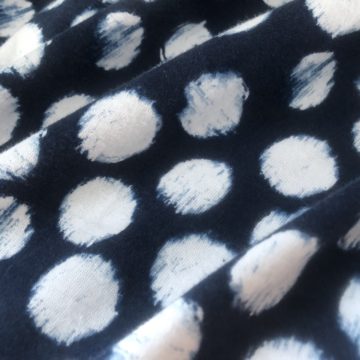Egyptian cotton. The two words come together pretty frequently when I’m talking to people who like finer cotton products. There seems to be an ethereal sense when they words are spoken as people think about smoothness and fineness. Having had some Egyptian cotton products, I understand how people’s imaginations are so captivated by the feel of the fabric.
 The Marketing of Egyptian Cotton
The Marketing of Egyptian Cotton
For American consumers and so many others, Egyptian cotton has a brand awareness that intrigues me. It really is like champagne and sparkling wine. Those things are generally the same to me but the labels are different because of where they are grown.
I know that Egyptian is a brand and people may not know there are similar, even better qualities grown here in the US (Pima and SuPima) and in other parts of the world. It is actually a genetically different plant with the cool Latin name gossypium barbadense but most frequently called ELS (extra long staple). Most cotton in the US & around the world is known as upland cotton (regular staple or gossypium hirsutum).
I can understand that Egypt wanted to get a premium. And some differentiation for the longer length & fiber strength & finess, and those qualities can make for finer fabrics. What feels odd is how so few don’t know that top quality comes with other labels too. And you may remember that some of the bedding I recommend are Pima cotton but I also have favorites that are upland.
It’s a case of marketing creating some confusion for people in my opinion. Feel free to enjoy Egyptian cotton or feel good about enjoying US grown Pima and Supima. Just don’t assume buying Egyptian gets you the best quality.
History & Politics of Egyptian Cotton
One thing I was reminded of recently is how different the role of the Egyptian government is. Years ago, I had the chance to host several groups from Egypt to see the Mississippi offices I worked out. I was reminded of all of that when I read this article about Egyptian farmers being angry about the government market control.
See, in Egypt the price of cotton, the area that can be planted to the crop and more are set by governmental bodies whereas US farmers work much more on basic supply and demand forces. That’s why US area planted can fluctuate so much. For instance, check out the post I wrote in 2013 about planting expectations of 10.2 million acres versus this past spring’s expected 13.1 million.
All of this has made it tough for Egyptian cotton to really shift with the changes in the market.
Add to the marketing that the country has it’s own public breeding efforts rather than accessing the various traits that cotton breeders have developed globally.





The strength of a brand often exceeds the full understanding of similarities and differences between the strong and the weak. Thanks for the simple explanation and I will pay a bit more attention to feel of cotton fabrics. I have developed a subliminal infatuation to the feel of wool fabrics.
I hear ya. I love some wool too, especially this time of year!